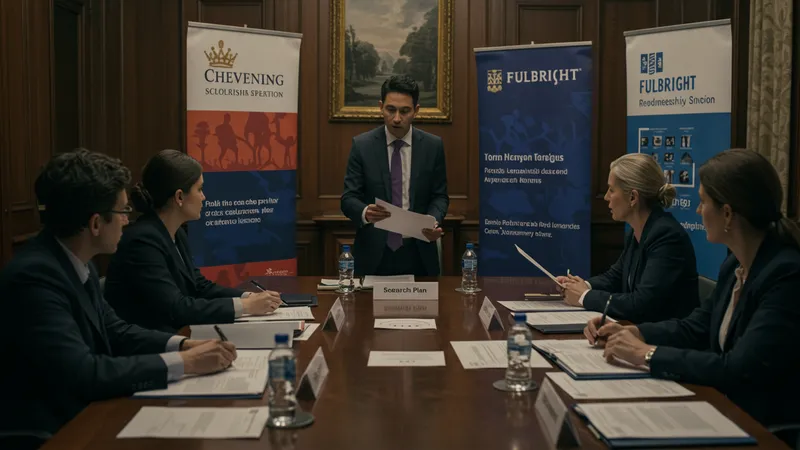
How To Apply For Fully Funded Scholarships Worldwide
Selection Criteria and Final Steps in Fully Funded Scholarship Applications
The selection process for fully funded scholarships is rigorous and multifaceted. Committees typically evaluate academic records, essay quality, and recommendation letters, but they also look for something more: genuine motivation. Chevening and Fulbright, for example, value candidates with a clear record of community engagement, demonstrated leadership, and a vision for how the award will shape their future contributions both locally and internationally.

Interviews play a pivotal role for finalists. These may be conducted in-person or online, often with questions designed to assess your adaptability, resilience, and alignment with the scholarship’s values. For research-based programs like ASI, having a detailed research plan and being able to communicate its significance to a non-specialist audience is a notable advantage.
Shortlisted candidates are sometimes required to submit additional paperwork or undergo background checks. This can include proof of previous awards, verification of work experience, or medical clearance. Keeping scanned, certified copies of all essential documents ready can help applicants respond efficiently during tight timelines.
Finally, it’s important to remain patient. The timeline from first application to final award notification can be several months. Meanwhile, staying engaged with your referees and occasionally checking your application status online helps you stay proactive and responsive if any follow-up is required by the selection panel.